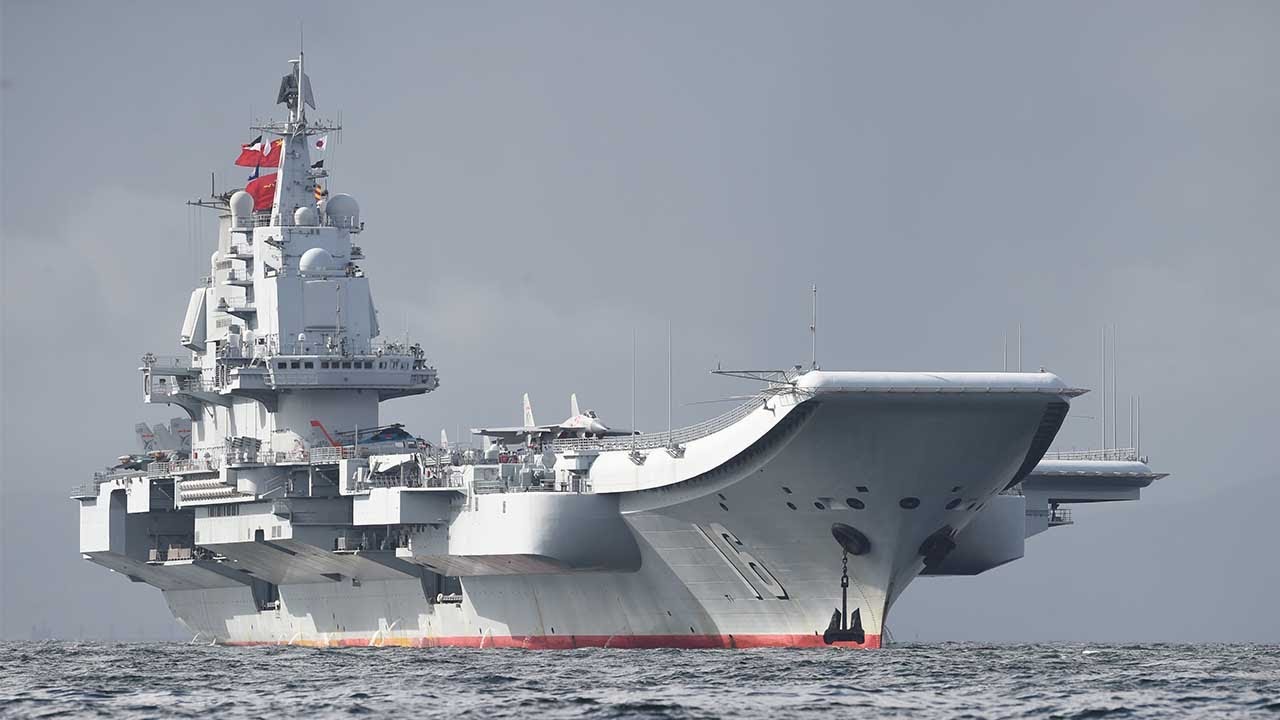The UK’s HMS Prince of Wales, one of the Royal Navy’s new £3.2 billion aircraft carriers, has been sidelined by mechanical issues and is now being used as a source of spare parts to keep its sister ship operational.
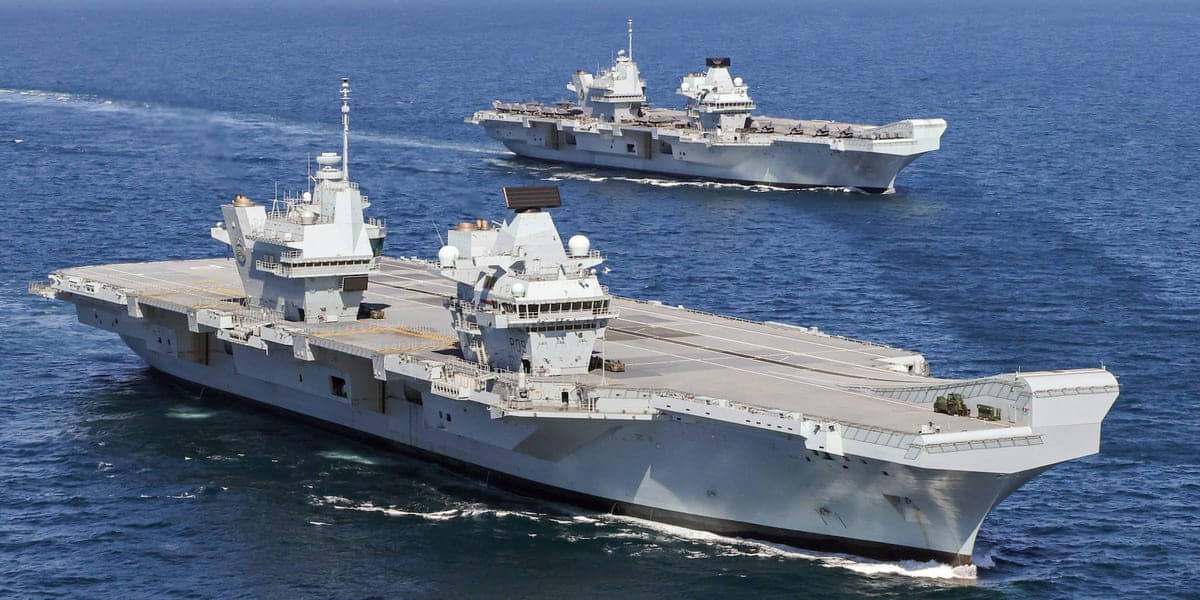
HMS Prince of Wales suffered propeller shaft problems shortly after leaving Portsmouth Naval Base in August. The 65,000 tonne warship had to return to port and remains docked for repairs expected to take weeks.
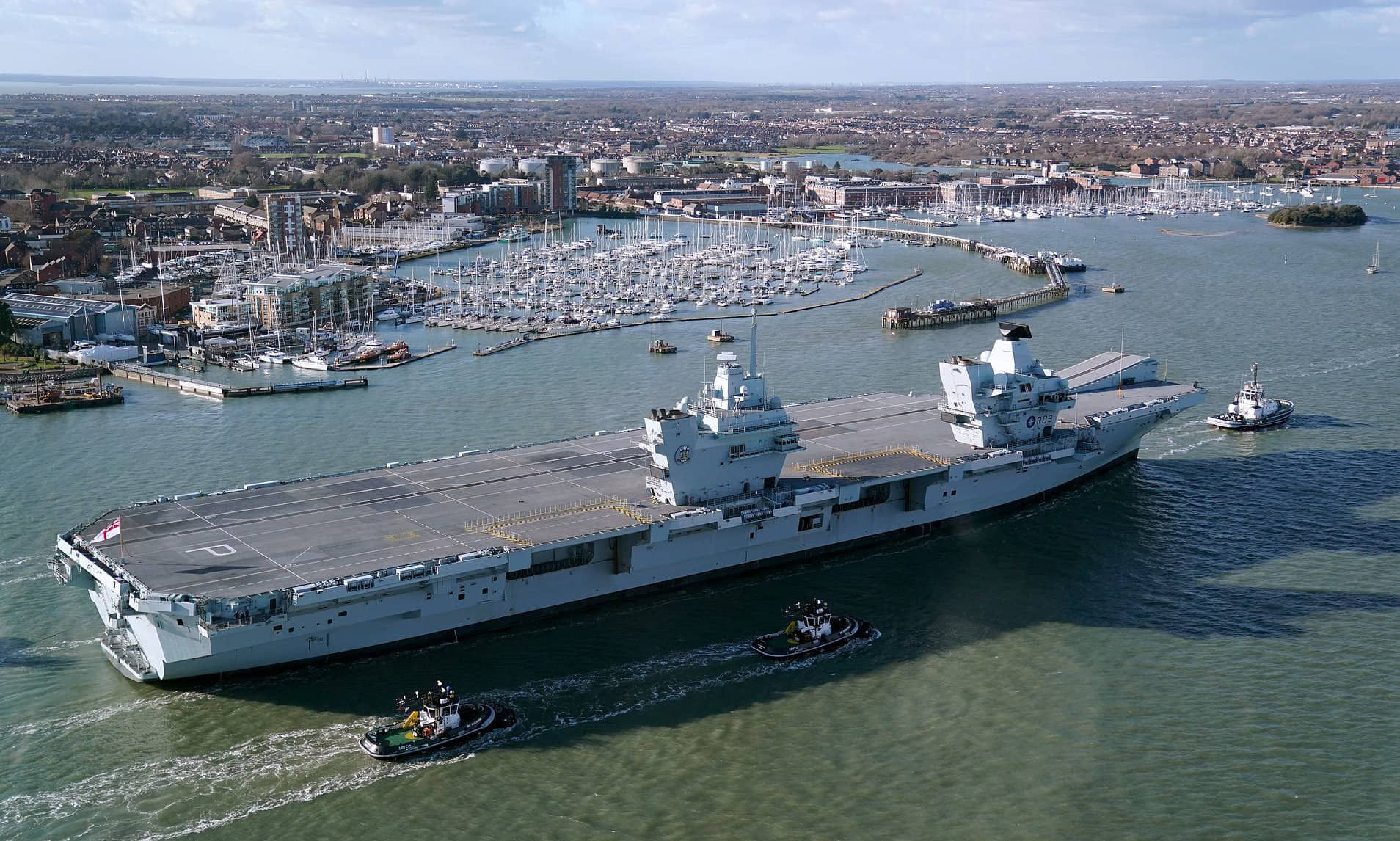
With the Prince of Wales out of commission, the Navy has resorted to stripping key equipment from the stricken carrier to maintain its twin sister ship HMS Queen Elizabeth. Components like generator gearboxes have already been removed from Prince of Wales to replace failing parts aboard the Queen Elizabeth.
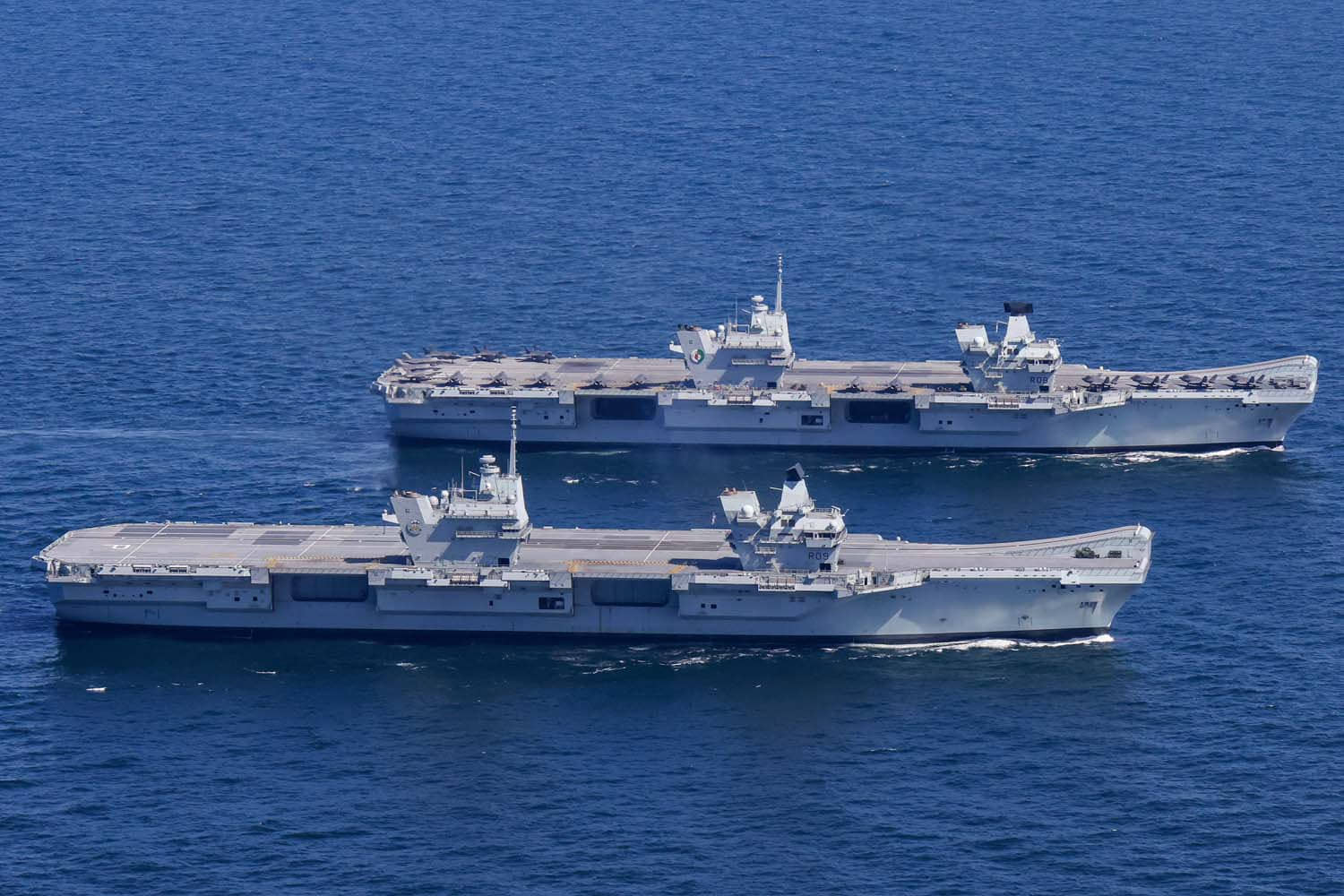
Defense sources have described the situation as an embarrassment and expressed frustration over reliability issues plaguing the Navy’s newest capital ships. The cannibalization of £3.2 billion warships to keep each other afloat raises serious questions about the viability of the UK’s carrier program.
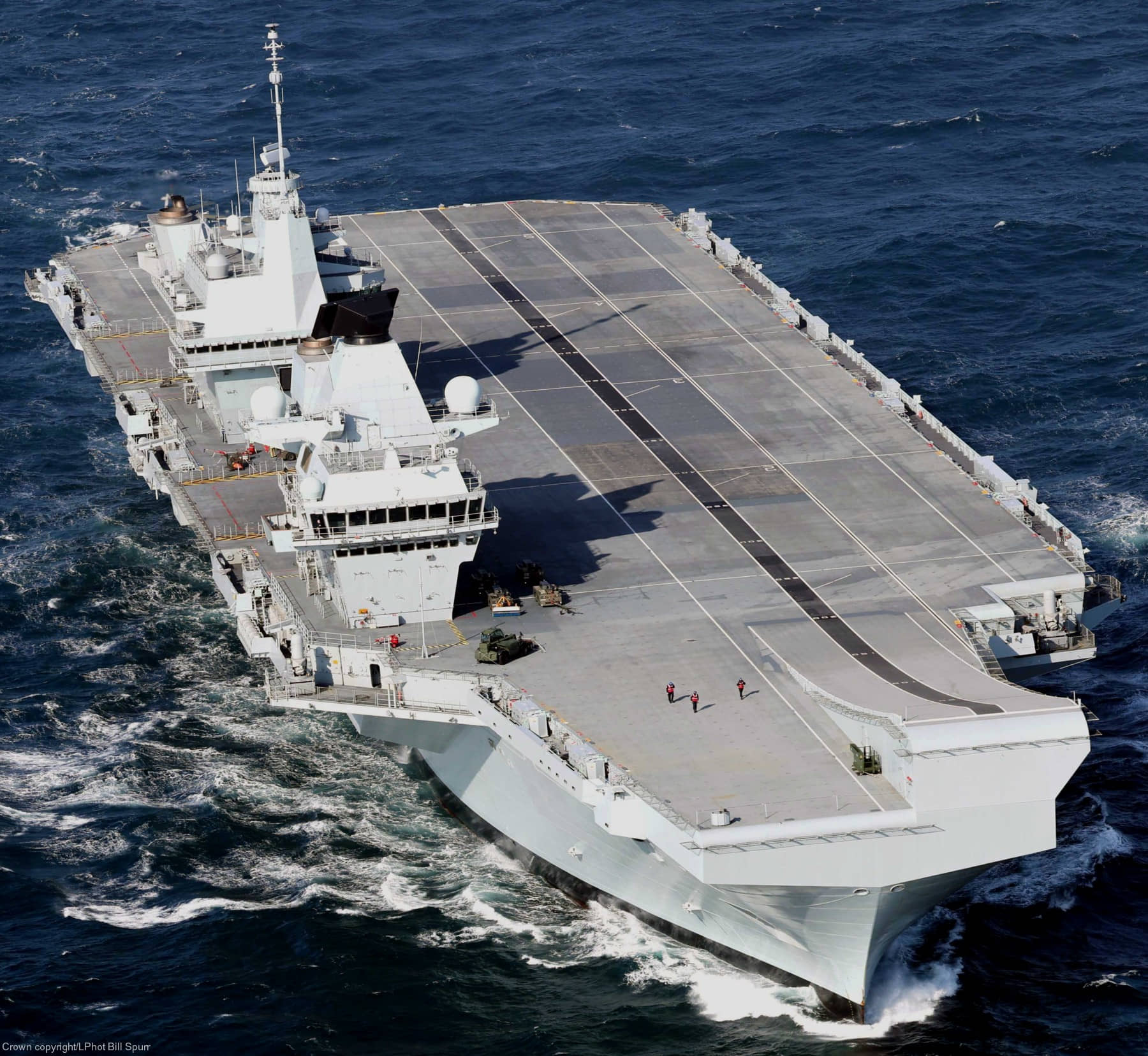
This comes amidst broader concerns that Britain lacks sufficient naval capacity to protect sea lanes, monitor Russian submarine activity, and maintain a credible power projection capability. The loss of HMS Prince of Wales’ capability further degrades the overstretched Royal Navy’s ability to uphold Britain’s global naval commitments.
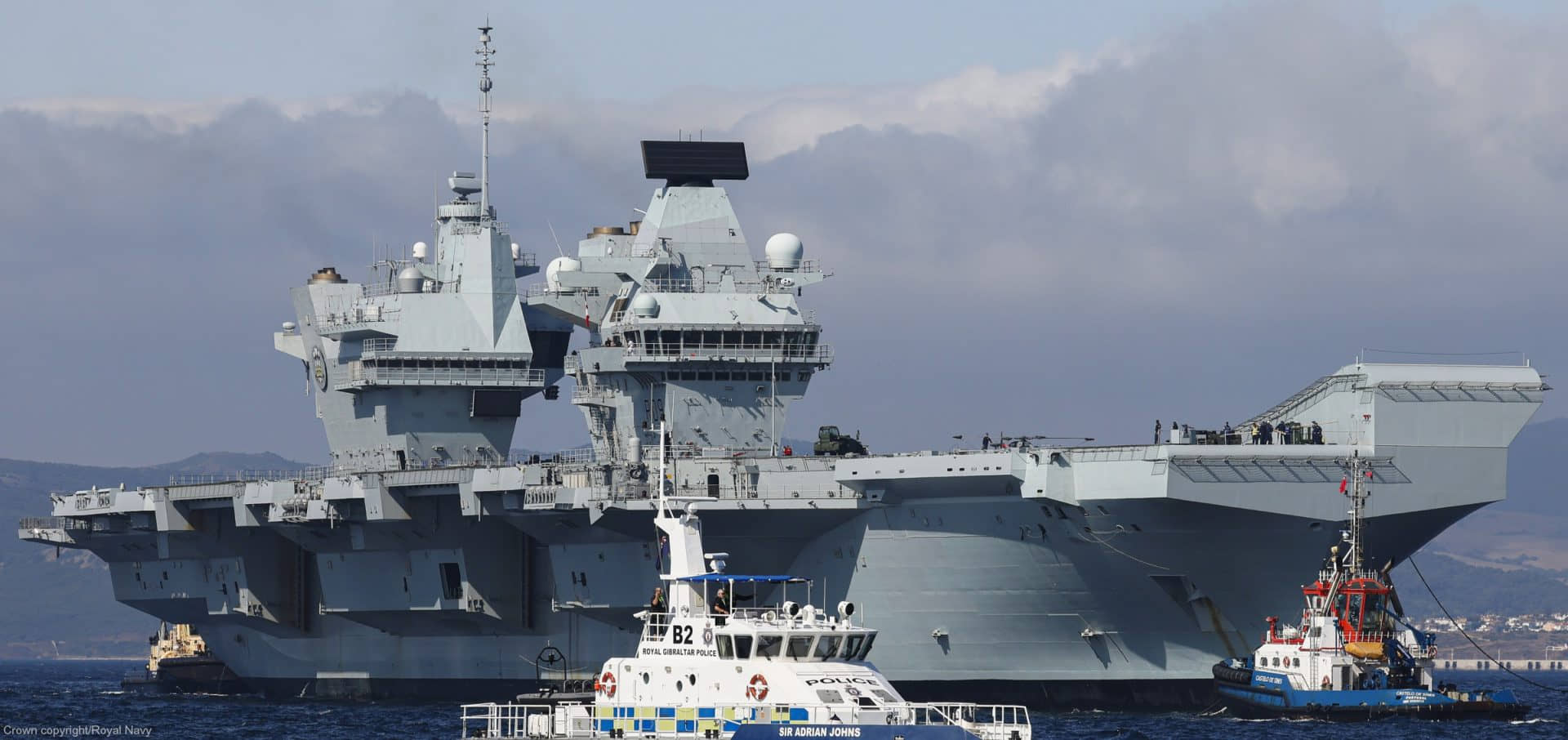
With both carriers commissioned in the past few years, many defense experts considered the program Britain’s flagship military effort. However, recurring mechanical problems have prevented the carriers from meeting operational demands, creating a headache for military planners and renewing debate over the UK’s defense priorities.


